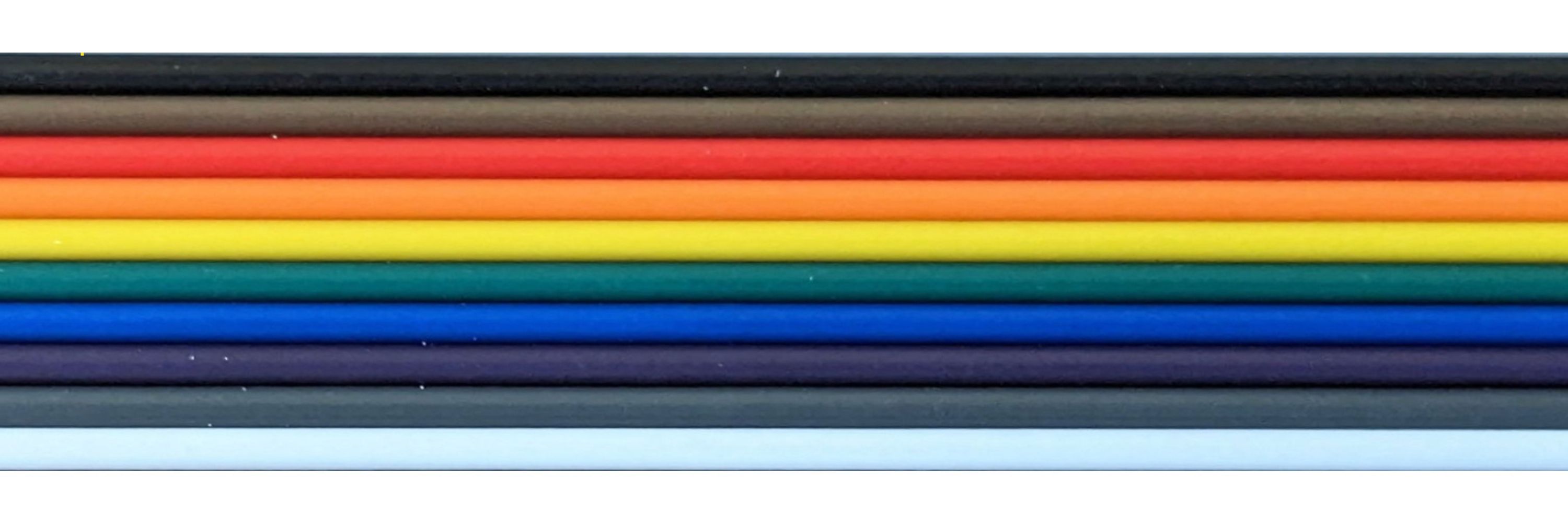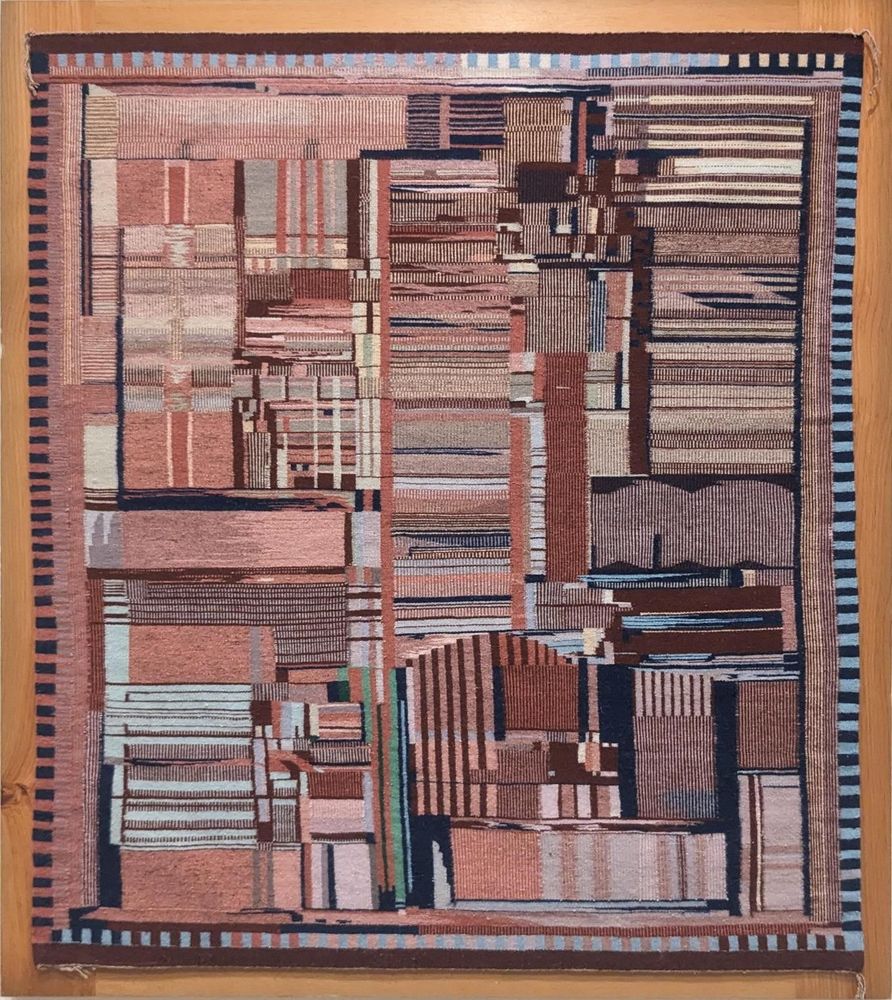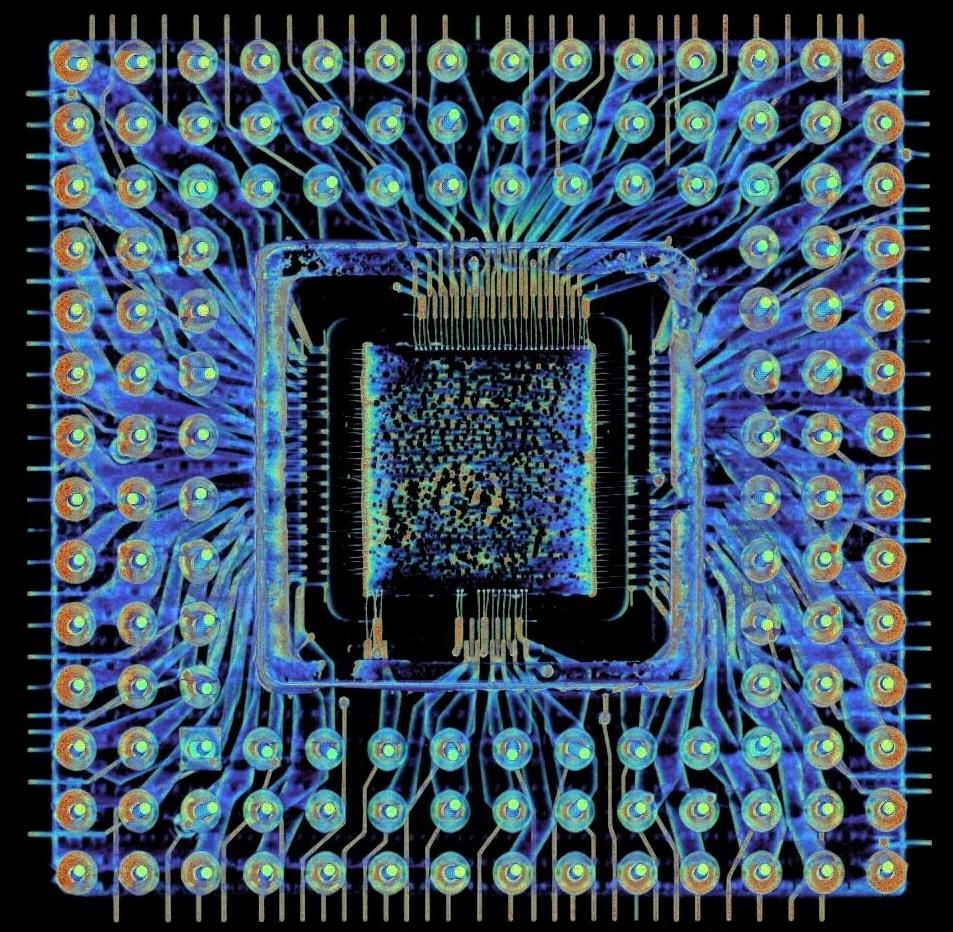Ken Shirriff
@righto.com
5.6K followers
290 following
330 posts
Computer history. Reverse-engineering old chips. Restored Apollo Guidance Computer, Alto. Ex-Google, Sun, Msft. So-called boffin.
Posts
Media
Videos
Starter Packs
Ken Shirriff
@righto.com
· 14d
Ken Shirriff
@righto.com
· Sep 6
Ken Shirriff
@righto.com
· Aug 31
Ken Shirriff
@righto.com
· Aug 18
Ken Shirriff
@righto.com
· Aug 18
Ken Shirriff
@righto.com
· Aug 17






















